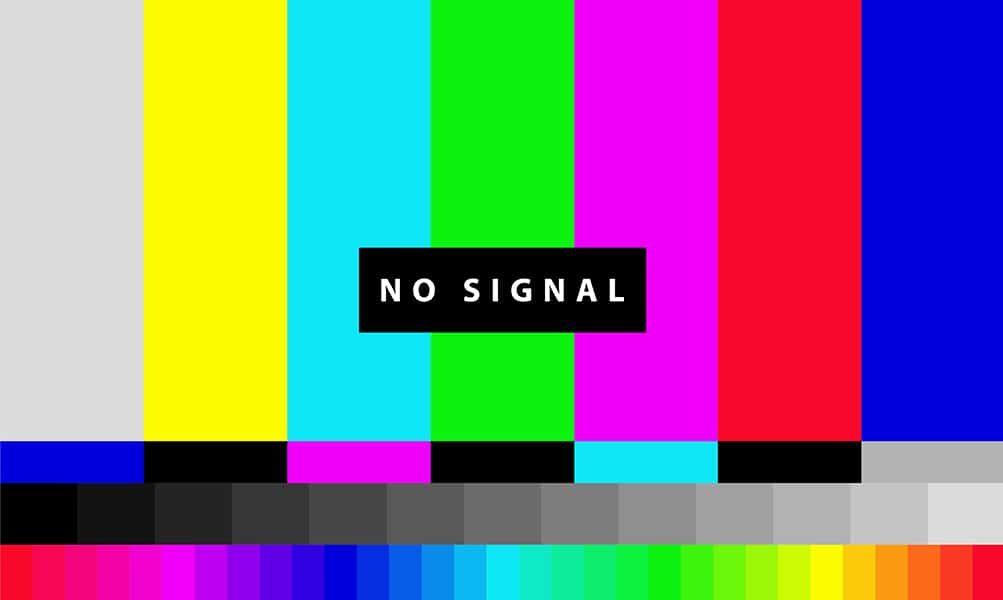
Antonio G. Corrado 23/02/2023

Antonio G. Corrado 23/02/2023
I’ll tell you straight away: I’m not certain at all.
I’ll explain the reasons for my doubts and why the MainStreaming project is important.
First of all, two premises:
-The first is about how American companies face the market and their ultimate goal: monopoly.
This is a well-described mechanism by Peter Thiel in his book: “Zero to One”. The market leader takes everything, and the tech giants won’t stop until they achieve their goal. Facebook, Amazon, Apple, Netflix and Google, apply this approach to competition, even in content.
– The second is about European broadcasters.
On contrary, they were born and prospered in a “monopoly” or oligopoly, to be technically more precise.
A highly regulated market with gateways at the entrance was making it inaccessible: frequencies, language or first mover advantage. Let’s take the case of TV in Italy: connecting any DTT decoder, RAI1 was the first channel, Rete4 was number 4 on the remote control and so forth.
The situation is destined to change drastically; it has partially shifted already, but the transformation will be even more definitive and irreversible in the coming years.
Due to regulation, discussions that started from Lamy Report led to the Decision of the Decision of the European Parliament and the Council of the European Union (COM 2021/0 293) related to the goals of the European way for the Digital Decade. Most frequencies currently allocated to broadcasters are planned to be switched off by 2030.
The spread of broadband has provided enormous opportunities, but it has also removed all entrance barriers for new players in the market and allowed for technological pervasiveness, as we mentioned earlier.
There often seems to be a lack of understanding of what is happening both on the part of politics and of the media companies themselves. For instance, I watched a live stream of a Prime Minister’s announcement on Facebook and asked why. I was told: “It’s better to communicate on Facebook, that’s where the users are.”Although it would have been better to share a preview of the player and a link leading to the live stream on a public service platform, such as RAIPLAY.
Sometimes it appears that media companies are acting like ostriches, burying their heads in the sand to avoid facing the problems. It is clear that companies like Netflix or Amazon Prime Video aim to turn national or private broadcasters into mere content producers, which they can then distribute the contents to global audiences via their platforms.
Their innovation and services that they offer aspire to achieve a monopoly, and due to their marketing strategies, they have collected millions of customers over the years. However, they are facilitated by those who are supposed to be their competitors. For example, some media companies and broadcasters buy services from AWS, convinced that they are the best partners, whereas, they are simply facilitating and financing a monopolistic expansion plan.
Hence MainStreaming project is important: MainStreaming’s mission is to offer an innovative platform for content distribution to broadcasters, OTT TVs, ISPs, and Telcos. It is dedicated and specific to managing the distribution of live video and on-demand contents in a completely autonomous way, all while respecting their brands and identities, without risk dependency on multinationals outside of European borders.
It’s not just a defensive move: innovation can be made by thinking about European infrastructures- like those created over the past decades- and by acting strategically. National infrastructure is a valuable asset that must evolve, taking into account technological scenarios, while preserving the specificity and vitality of European communities.
Will European broadcasters make it? Will we be able to provide an efficient and effective PSB (Public Service Broadcasting) in the world of EDGE Computing?
Will public companies overcome the shock of no longer being seen by habit, but rather by conscious choice of their clients/users?
The best is yet to come…





